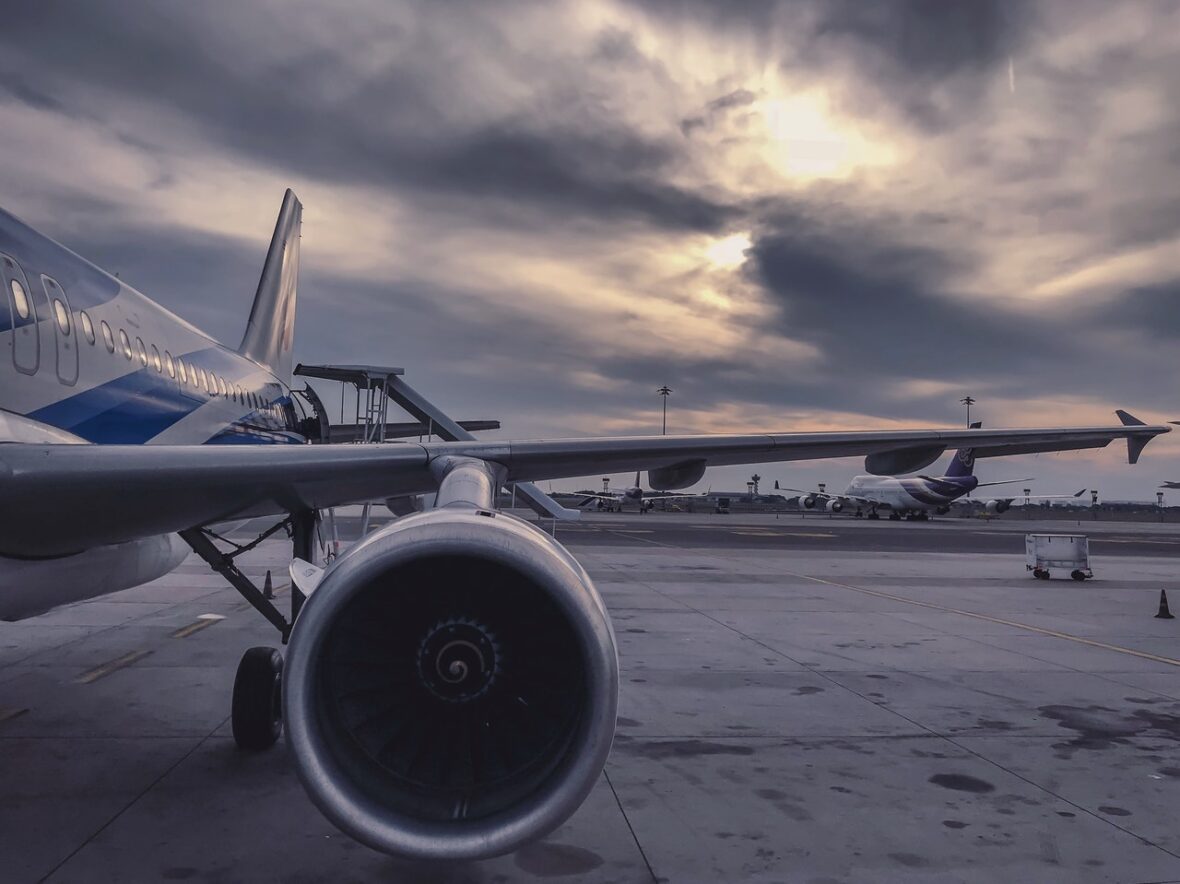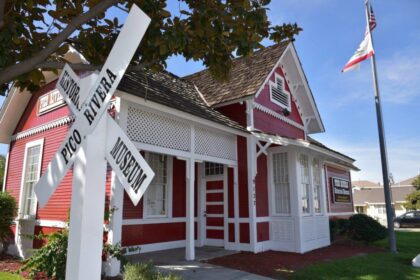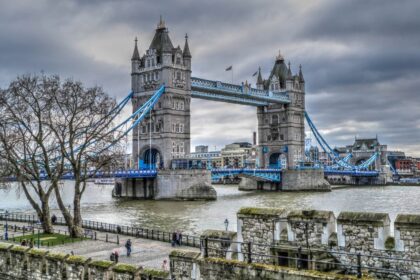Where would we be without the jet engine? Probably stuck at home, chances are! This incredible piece of technology has a varied history, and it’s likely that there is plenty you might not know about its various applications? How do you even start designing or building a jet engine? These are bigger questions that will likely be better answered in full elsewhere! Take a look below for 30 interesting and awesome facts about jet engines.
1. The jet engine, as the name suggests, is based entirely on jet propulsion. It helps to power vehicles through its intense jet discharge.
2. Believe it or not, the roots of the jet engine may date all the way back to 1st century Egypt. It’s here where an aeolipile was first designed.
3. The aeolipile is said to have been a steam-powered system which created a spinning motion. It would be some years before this type of system was put into practice via transport, of course!
4. Jet engines have been largely used in aircraft over the years, but in cars, too. In fact, you may have seen a drag car or two use a jet engine.
5. In fact, many high-speed vehicles purely built to beat land speed records may make use of jet engine technology.
6. For example, ThrustSSC is a record-breaker in this regard. At the time of writing, this car owns the land speed record, and it largely has a jet engine to thank.

7. Ultimately, a jet engine is a more complex variation on a piston engine. This is because it offers constantly spinning blades.
8. A piston engine is different because it generally uses less fuel to power four strokes. A jet engine requires constant fuel to operate.
9. Again, you won’t just see jet engines used in aircraft design. Jet engine designs have been used variously in power plant designs.
10. Jet engines used in power plants can be used to generate electricity, and powering pumps for water and oil.
11. You may even find trains and ships which use jet engines in the modern age! That’s a lot of thrust for a vehicle that hardly shows up on time!
12. Many will apply the term jet engine to the idea of a rocket or a propulsion engine. However, it covers a wide array of combustion engines. Have you ever heard of the ramjet or the turbofan, for example?
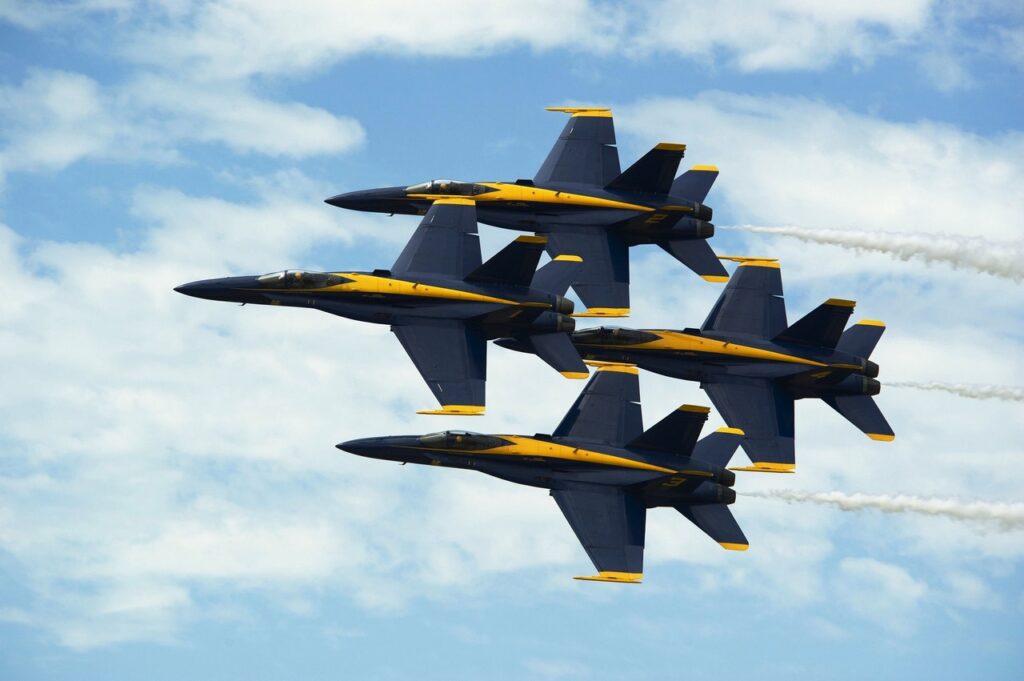
13. There are jet engines which breathe air. These will use air compressors that work through turbines. This makes use of what’s become known as the Brayton thermodynamic cycle.
14. Jet engines were first patented for use in aircraft as long ago as 1921. It was Maxime Guillame who first filed a patent for a gas turbine aircraft, in particular.
15. However, Guillame never actually built his engine! This was because technology at the time for such a turbojet didn’t exist in the 1920s. However, his work and blueprints would go on to be hugely influential for later jet engine developments.
16. It was the work of Frank Whittle, working in the RAF, who would help to push the jet engine to the next level. It was towards the end of the 1920s, and the start of the 1930s, when the RAF cadet would publish his first patents.
17. Whittle’s work showed that it was entirely possible for an axial compressor to work with a centrifugal compressor. In layman terms, it was thanks to Whittle that jet engines started becoming more commonplace, and more advanced.
18. It’s thought that you can achieve a staggering 50,000 horsepower through a single industrial gas-powered turbine.
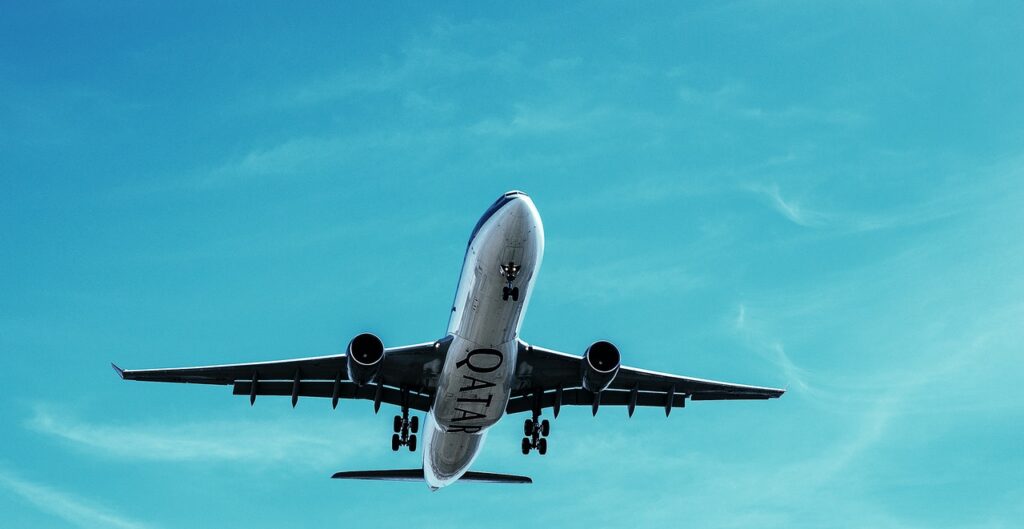
19. These turbines and engines are inspired by and have evolved from military standards dating back decades.
20. While it’s thought that there were jet engine curiosities which date back to ancient times, the first time jet propulsion was put into practice as we know it today was back in the 1200s.
21. China is thought to be host to the first technology of this type. Believe it or not, jet propulsion as we know it today has roots in some of the oldest Chinese fireworks and gunpowder displays.
22. Many aircraft in the modern age rely on a variant of jet engine which breathes air. These are able to achieve blistering speeds – almost enough to break the sound barrier, on average.
23. The steam jack is one of the most curious jet engine creations across history. It was invented by Taqi ad-din Muhammad ibn Ma’ruf and was built as a spit rotator!
24. You’ll find that there are many heavy grade cruise missiles which revolve around jet propulsion and jet engine technology. However, you’ll still find it used in fireworks, and even in spacecraft.
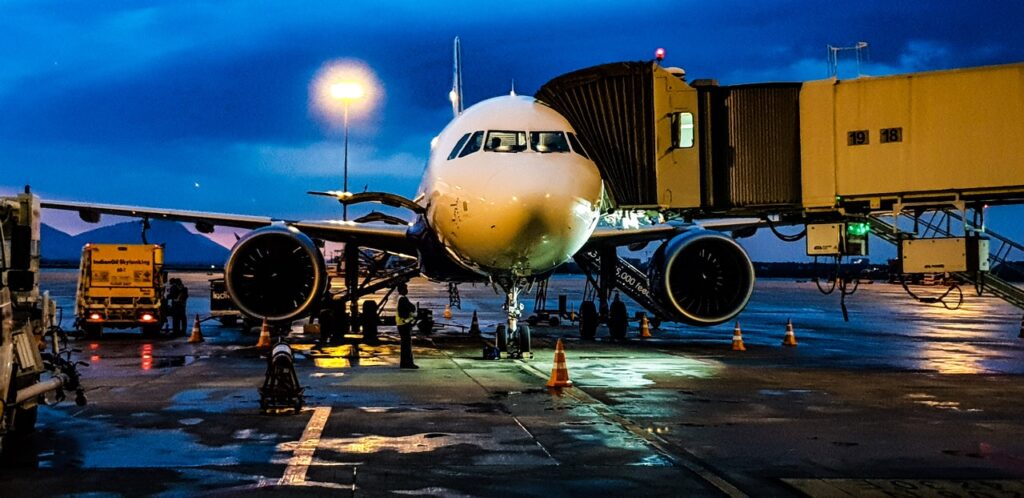
25. Rocket engines are similar to jet engines but are completely different beasts. Rocket engines don’t need air, whereas jet engines largely depend on them. This is why you will largely find rocket engines used in spacecraft and in launching satellites.
26. It’s thought that the first jet engine flight attempted occurred all the way back in 1633. A rocket shaped like a cone was reportedly put to use during the time of the Ottoman Empire.
27. Jet engine craft would previously have required stops for fuel. However, innovations such as the twin-engine system would eliminate this need entirely.
28. The jet engine’s move towards the gas turbine came around pre-World War II. It was becoming increasingly obvious that current methods of propulsion simply weren’t working out efficient enough.
29. The gas turbine wasn’t fully sustainable under its own power until at least 1903. However, proposals for the turbine had been around since the 1700s.
30. A turbofan is a particular type of engine which boasts an extra fan at the front. These tend to be favoured by those aircraft which are likely to travel long distance.

